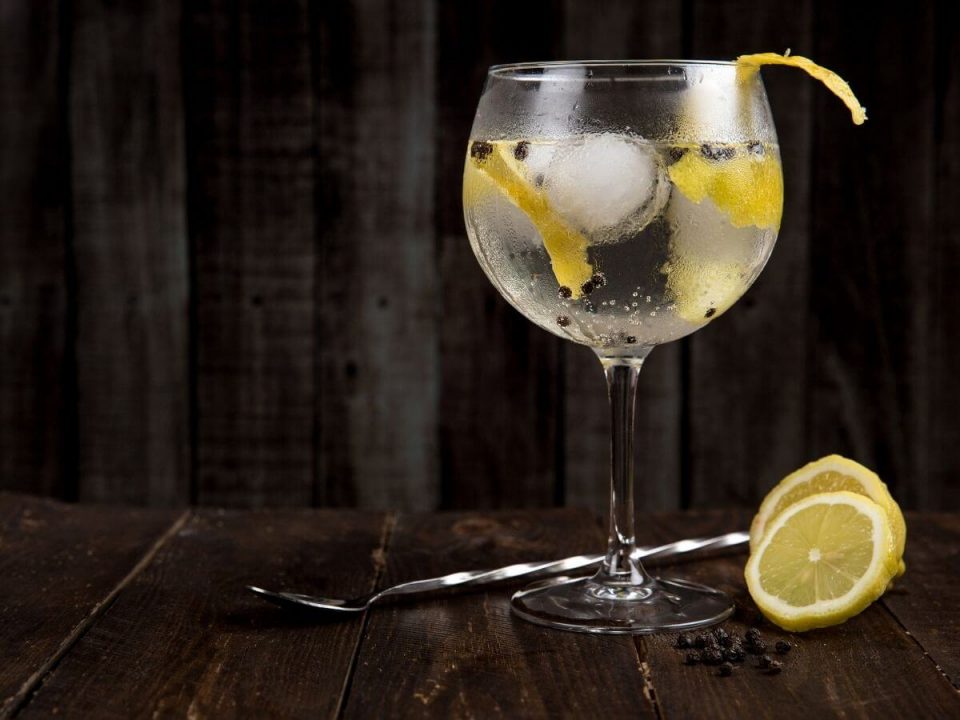Gin is a sophisticated, herbal spirit. Do you know how to drink gin? If you are not sure let’s find out together.
Another day, another chance for us to dive deeper into one of those goods or products we often enjoy without understanding it or without knowing much about it. Our thirst for knowledge brought us to the humble spirit of gin.
By the end of this article, hopefully you will have a better idea on how to drink gin, its origins, and what are the gin cocktails you can try at home or at your local bar next time.
Let’s be-GIN with the origins….
Table of Contents
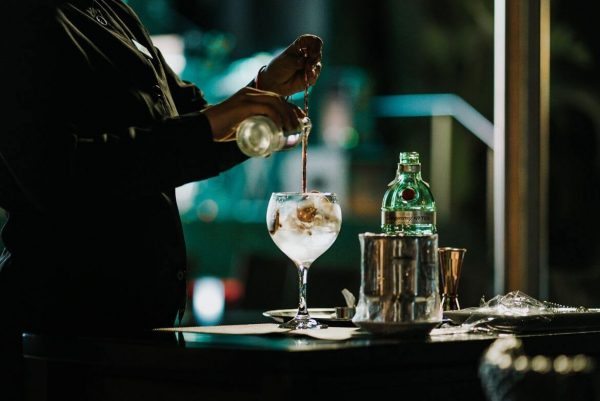 From a medicine to today’s best gin cocktails
From a medicine to today’s best gin cocktails
As we know it today, gin is a distilled alcohol with a characteristic aroma and flavour of the juniper berry. There is no surprise that the name of the spirit comes from the Dutch word for juniper “genever”. The quality of the berry, but also the way the spirit is crafted, are the main factors determining the character of fine gins.
How did they use to drink gin in the beginning
There are many stories around the beginnings of what we know today as gin. In the 11th century, The Benedictine monks of Salerno, Italy, were using the original beverage as a medicine. They used to distil spirits by using juniper berries to cure indigestion, and other conditions of the stomach, kidneys and liver.
In the 1340s the Bubonic Plague, or “Black Death” was spreading to Europe aggressively. Hoping to ward off the deadly disease, people started to consume the old Dutch liquor called “jenver”. And that’s how, by the middle of the century, The Netherlands was already producing huge quantities of the spirit.
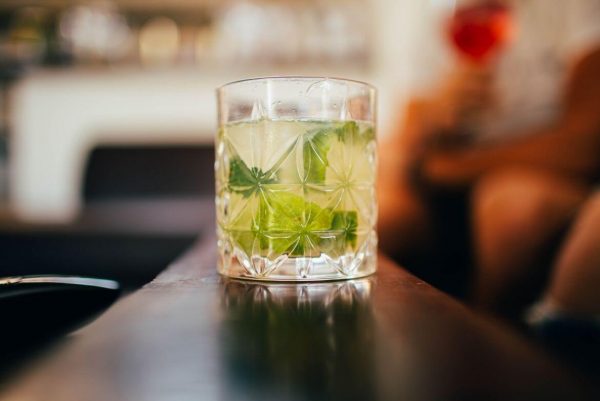 Gin, the “Dutch courage”
Gin, the “Dutch courage”
Gin gained its popularity during the 17th century, during the Thirty Years’ War, when English soldiers were sent to fight on Dutch land, for the country’s independence from Spain. They shortly followed the Dutch allies’ example of drinking “Dutch courage” before going to battle, to relax and bolster themselves.
Returning home with the taste of this spirit, English soldiers introduced gin to their compatriots who started to produce it locally more and more. By 1720s a quarter of the households in London were producing their own gin. Of course, this was also influenced by the “Corn Law” at the time, which was a tax break on domestic spirit production, imposing trade restrictions on imported food and grain.
The popularity of gin had increased so much that determined the English Parliament to pass the 1736 Gin Act. People were no longer allowed to produce their own gin without a licence, but this only sent production underground.
Because of its high prices, by the end of the 1750s, the consumption of gin started to fall. The result? Gin distilleries started to produce high quality gin, while the majority of the population became a nation of beer drinkers once again.
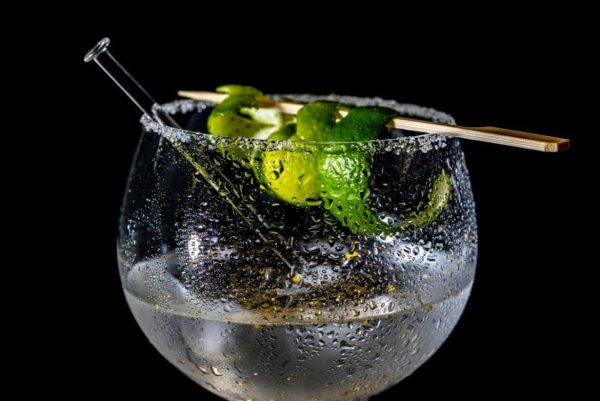 The classic gin cocktail – Gin & Tonic
The classic gin cocktail – Gin & Tonic
Gin became famous worldwide once the deployment of the British Navy started. While in India, the Royal Navy started to combine gin with anti-malarial medication. To cover the awful taste of pure quinine rations, they added gin to the mix, and a touch of lime. As quinine is the base ingredient of tonic water, the classic Gin & Tonic was just a step away.
Get to know how to drink gin correctly
Gin is one of the most versatile and exciting spirits. However it is also one of those spirits which, if you don’t try it correctly, or in the right mix, you might get to hate it and never have it again. If you didn’t like the first time you tried gin, we recommend you to give it another chance in one of the following ways.
Classic ways to drink gin
- Straight – remember to chill it first as gin is best ice-cold. Pour the gin in a mixing glass filled with ice, stir and strain it into a rocks glass.
- On the rocks – fill a rocks glass with ice and pour gin over the top.
- Neat – pour room temperature gin into a glass and sip it slowly or down it in one go.
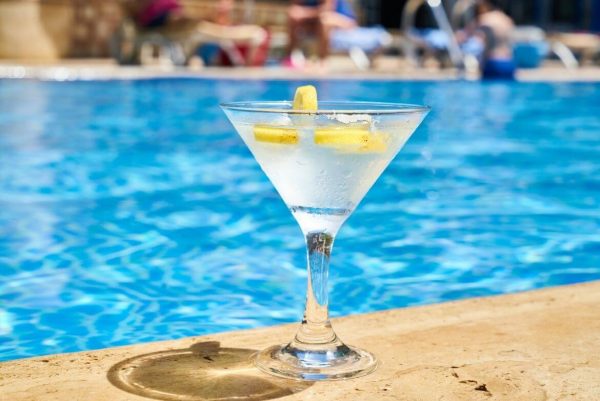 Classic gin cocktails
Classic gin cocktails
These are the three most well-known gin cocktails:
Gin Martinis
Gin martinis are quite strong, being a combination of dry gin and dry vermouth. Add a splash of water if you want to cut back on some of the strength. A martini should always be served chilled, in a chilled martini glass.
Gin & Tonics
Gin & Tonic or G&T is one of the most popular mixed drinks. This is such an easy cocktail that it is hard to have a horrible Gin & Tonic. However, if you want to bring it to the next level, use a great gin and a premium tonic water.
Negroni
Negroni is popular for both its taste and impressive appearance. It’s a cocktail with origins in Italy, combining the Italian aperitif, Campari, with dry gin and sweet vermouth.
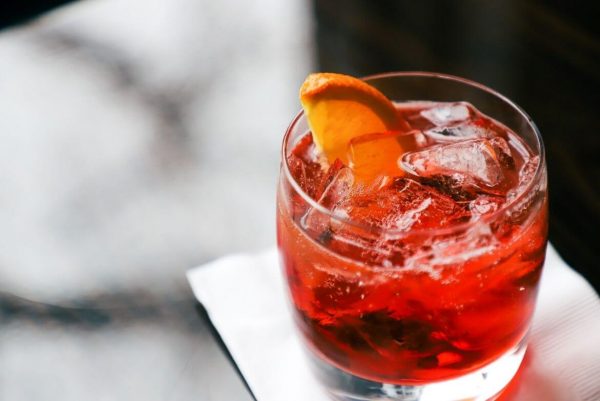 New approaches to gin
New approaches to gin
The best gin cocktails will always be the ones with a personal touch. Make it person by infusing it, or use barrel aged gin.
Gin Infusions
If you want to add a personal touch to your gin cocktails, you may want to try to infuse gin at home. Simply add one or two ingredients in a plain bottle of gin for a few days or weeks. For example you can try turmeric gin or blueberry lavender gin.
Barrel Aged Gin
You do not have to age gin as long as other liquors, so you don’t get nearly as many tannins out of the oak. Therefore, don’t worry that the barrel ageing is going to affect the gin’s distinct flavor. It will only give it a hint of something different.
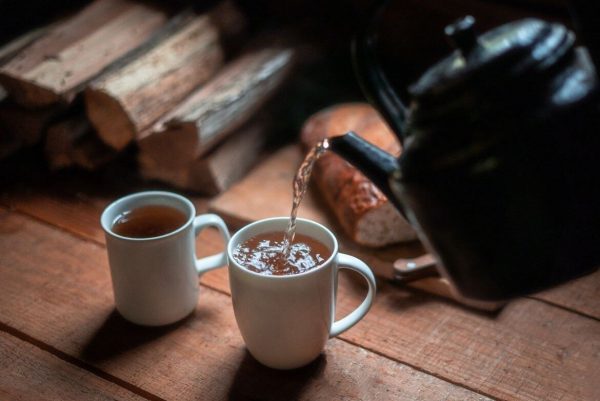 Best flavor pairings
Best flavor pairings
Whether you want to create your own cocktail by adding a special garnish, or you are in the mood to add a drop (or two) of gin into your cup of tea, here are the best flavor pairings.
Florals
If you are a fan of floral flavors, try something new by combining floral flavors with gin. For example you might like the mix of lavender and gin, or rosemary and gin.
Summer and Spring Fruits
Summer and spring fruits’ flavors are the most complementary to the gin’s base notes. You won’t go wrong if you pair it with strawberries or with lime.
Tea
Early Grey in particular is wonderful when paired with gin. The flavour perfectly interacts with the gin’s botanicals. Give it a try by adding a little bit of gin into your morning cup of tea.
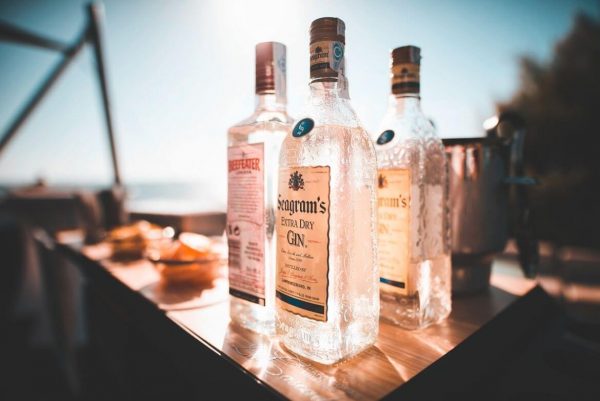 How to taste gin
How to taste gin
These are the best tips of how to taste gin like a pro, which you can potentially apply to other spirits too:
- Leave out the tonic, ice and garnish.
- Use a curved glass (a whisky glass works too).
- Sniff coffee in between sips.
- Swirl the glass to mix in air with the spirit.
- “Nose it” gently.
Find our the best gin cocktail recipes on The Manual official website.
